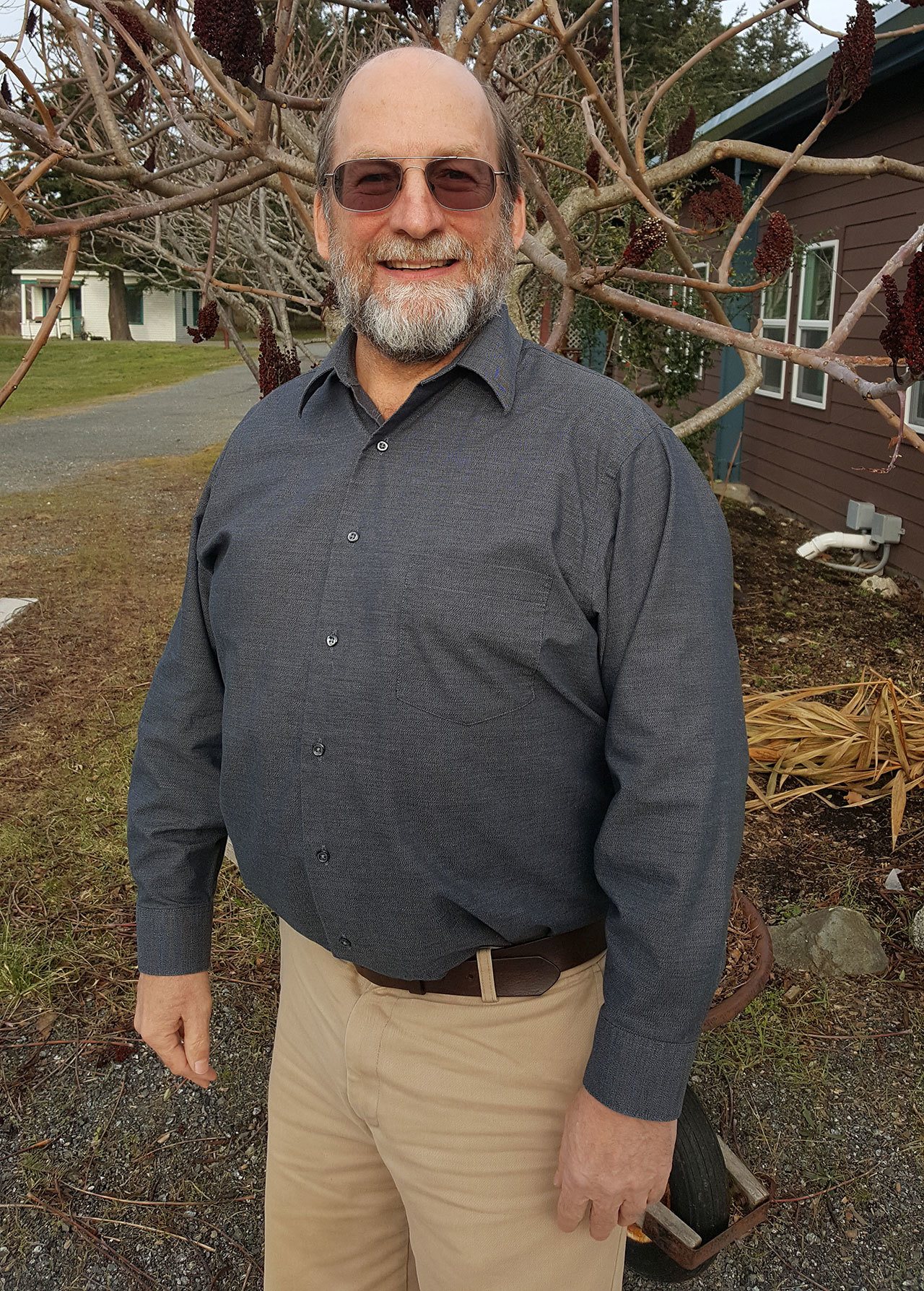It’s a new year, with a fresh San Juan County councilman for District 1. The Journal sat down with Bill Watson to talk about his plans and hopes for 2017 and the next three years he’ll serve this community.
1. What is the biggest issue facing the county?
Affordable housing, specifically affordable rental housing, came out as the biggest issue in the campaign. It’s consistent on all the major islands. It affects the economy because businesses can’t hire workers, who can’t find a place to live. This was forecasted to happen in 2000, and it’s happening. A task force, created to look at the issue, presents on Tuesday and will give recommendations to council.
I sat in a few of their last meetings. The truth is, you can’t buy land, hook up utilities and stick build a structure and offer affordable rents [because the development is too expensive.] I’m convinced we need a balanced revenue stream with public money. It could come from a small increment of sales tax, property tax, part of the lodging tax, real-estate excise tax, or impact fees (which would require a change by the state legislature; right now it goes towards things like schools, roads). That is a multi-year effort that would require voters’ approval. The immediate goal is to get the Turn Point – Pear Point connector road done as quickly as possible, which is planned to be done in 2017. The road must be complete before the Home Trust can go to their next phase of building. Some short-term solutions could be building a trailer park or different camping facilities for seasonal workers. A mid-term goal could be building shared-living dormitories for seasonal housing or having the county purchase apartment buildings to keep them as affordable. Some income-subsidized apartments in Friday Harbor are expiring soon, so they will come back on the market at regular market rate.
I also want to continue to improve what I call “good government”; to improve our status updates. Public Works has a newsletter that’s been popular, so maybe we can use that for other departments. We want to be proactive about what is going on, as well a transparent; make sure the materials are updated on the website, so people can stream the live video (of public meetings) and look at the documents if they want. It’s part of my theme of continual improvement; we can always do better.
2. What changes will you make to the county Comprehensive Plan?
An important discussion for the community to have is about our carrying capacity; how big do we want to get? I’m not interested in capping growth, but what development rights capability do we have? What would a full buildout look like? The cost of county services exceeds the property tax of new developments; for every dollar in property tax received from new development, it costs the county a buck twenty in services. We also need to look at the resulting cost of growth. There is a side impact on natural resources, agriculture land and marine environment.
The affordable housing section [of the plan] needs to be updated to the current population projections. The concept of “rural character” is an aspect of the vision, but it’s not defined; part of the attractiveness of the islands is the non-suburban look, the rolling fields. Consistency across the plan is important.
3. You’ve discussed wanting to “clean up” ambiguous land-use code in your campaign. What do you mean by that and how could it affect Community Treasures?
County land-use code is ambiguous and addresses a broad set of responsibilities, so there are current “administrative interpretations” that resolves the ambiguities. As councils change, interpretations change. I want more consistency rolled into the code.
We [the council] haven’t had the Community Treasures discussion yet with staff. I want to look at where we are today and what are the possible paths forward. It’s not that we want to see their services go away. They’ve requested a land use designation change so they can go forward. So council needs to understand what are the steps forward, what are the alternatives and feasibilities? We could change the land use designation, or move Community Treasures to a different parcel on the island with the correct land use designation. Then the question is, how many parcels of land are like that on the island? They also requested it to be designated as an essential public facility. Why them, and not the grocery or the gas station or the propane service provider? What are the criteria for this?
4. Are there any other goals you’d like to talk about?
Well, we just had all the safe shipping protests on Monday, about the threat of increased vessel traffic. I’d like to see a rescue tug stationed at Turn Point, out of Roche Harbor. Turn Point has a 120-degree turn there. We can’t afford an oil spill that a ship going aground could create; it would affect the environment, our economy, and land values; it’s also toxic for humans and animals.
We need a 100 percent guarantee of prevention. The federal governments in U.S. and Canada need to work together with state and local jurisdictions to put prevention methods in place. We need to fully fund IOSA (Islands Oil Spill Association) so they can respond to minor spills more quickly and have the proper equipment to participate in a commercial vessel spill.



